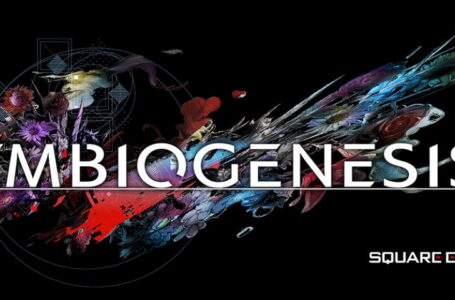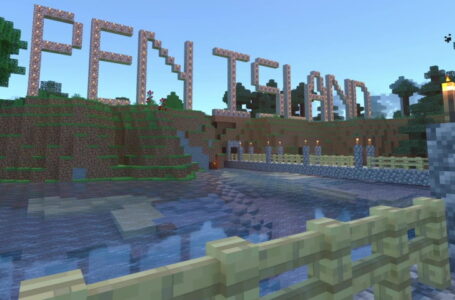S.T.A.L.K.E.R. 2’s NFT embarrassment should be a lesson for others
As a western-developed open world game with a gritty, grim aesthetic and a general sense of misery about it, S.T.A.L.K.E.R. 2: Heart of Chernobyl is generally outside of Rice Digital’s remit — but the recent situation surrounding it is worth commenting on, particularly given that we’ve talked about the general subject a few times recently.
For the unfamiliar, the S.T.A.L.K.E.R. series is one that has been around for a good few years at this point — and as a series of games that are clearly a “passion project” for its Ukrainian developer GSC Game World, it has managed to attract an extraordinarily passionate and loyal community since its first release in 2007.
On December 15, 2021, a new “S.T.A.L.K.E.R. Metaverse” Twitter account launched, making unclear claims about how it would allow players to go “deeper into the zone”. The official Twitter account, despite retweeting the new account’s first tweet, was quick to emphasise that despite the use of the new, fashionable buzzword “Metaverse”, that S.T.A.L.K.E.R. 2 would not be a blockchain-based game, and that its Metaverse content would not have an impact on the game.
However…
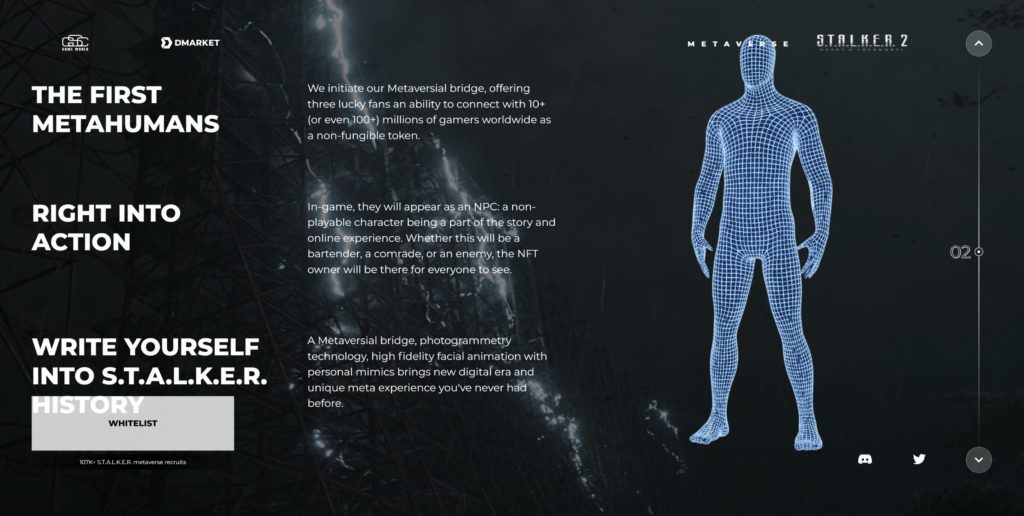
Shortly after launching, it was revealed that one of the intentions behind the S.T.A.L.K.E.R. Metaverse was to make use of NFT technology in order to allow “three lucky fans” to appear in the game… inevitably at great expense.
Trouble was, there was absolutely no information given as to why they had chosen to go with NFTs for this; “be in the game” has been a standard crowdfunding reward for years at this point, and has never required anyone to go anywhere near the crypto space. So why were GSC taking this baffling approach? Surely it couldn’t just be because NFTs are new and (supposedly) exciting, and a hot topic of conversation right now — even if that conversation is, a significant majority of the time, “NFTs suck”.
Understandably, there was a significant amount of backlash from the normally loyal S.T.A.L.K.E.R. community, particularly when the official Twitter account responded to criticism by claiming that they thought “jamming NFTs into games in the lamest thing one can do” and that the NFT initiative was intended to “facilitate the modding culture of our S.T.A.L.K.E.R series, by creating core assets that the community can build on top of”. Because, once again, there’s no need to go anywhere near crypto to “facilitate modding culture”, as countless games since the early ’90s will happily attest.
The reaction from the S.T.A.L.K.E.R. 2 playerbase was so universally negative that GSC felt the need to put out a statement about their intentions on December 16, 2021. The statement was admirably honest, even if its actual content was fairly odious:
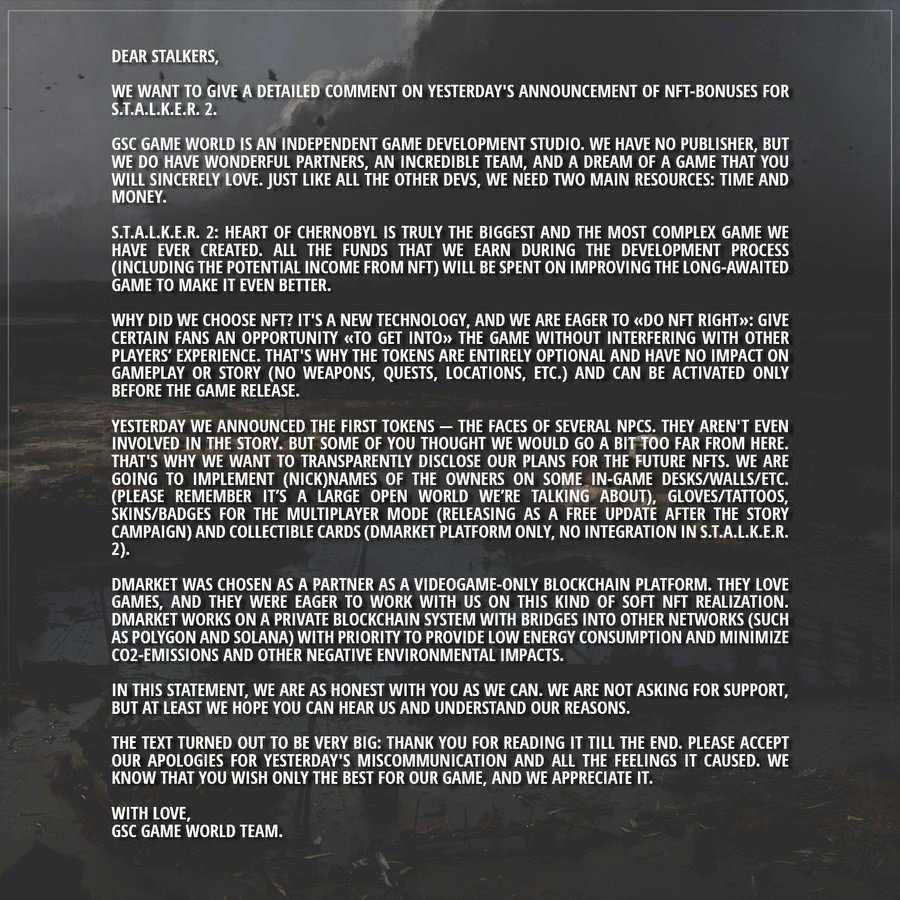
The statement reiterates the fact that the blockchain-based content was intended to have “no impact on gameplay or story” and that the long-term intention for the NFTs was to allow those who purchased them to appear in-game in various ways — initially as NPCs, and subsequently on scenery items, collectible objects and skins or badges for the multiplayer mode. They were also going to produce collectible cards on the DMarket blockchain platform, which were separate from the game and worked in the way most people understand NFTs to work these days: you’d be able to buy, sell and trade them using crypto.
The key point comes in the second and third paragraphs: this was an attempt to obtain some additional financial support for the game, which is by far the largest and most ambitious that GSC has ever worked on. GSC felt that NFTs were a prime means of going about this, and while they don’t explicitly say why they thought this, the reason is obvious to anyone who has been paying attention to this growing, festering online subculture in recent months.
People who buy NFTs share two characteristics in common. One, they have very deep pockets and are willing to spend astronomical amounts of money on cryptocurrency in order to purchase NFTs. Two, they’re not very smart, and thus are willing to spend that astronomical amount of money on things that are absolutely, completely and utterly undesirable to anyone other than other NFT nerds. You only need to take a look at those disgusting procedurally generated “monkey”, “lion” and “punk” avatars for this to be abundantly clear.
And if you look deeper into it, it gets even worse: while NFTs are often deceptively marketed as you “buying a collectible”, what you’re actually doing is purchasing a receipt to a particular URL that contains a thing, not the actual thing itself. In other words, if you buy an NFT of a piece of art and the URL hosting that piece of art goes down for whatever reason, you are left with literally nothing other than a proof of ownership of something that doesn’t exist.
In other words, GSC obviously felt that cryptobros’ unique blend of being dumbasses with deep pockets was likely to net them far more money than, say, a more traditional crowdfunding campaign. And, depressingly, they would have probably been right about that, were it not for the fact that the community of people who actually play and love S.T.A.L.K.E.R. — a community that has been waiting nearly fifteen years for this new game — are passionately outspoken about this sort of thing.
Much as Jeff Minter spoke about the “blockchain gaming” trend in general the other day, the S.T.A.L.K.E.R. community clearly has no desire for the game they’ve been looking forward to playing to be blighted with “real-world” business considerations, or for the game to become a “play-to-earn” title. And so they made their feelings abundantly clear on social media and via cancelling pre-orders, continuously and relentlessly, until GSC eventually retracted the above statement, deleting it completely from Twitter, and replacing it with something much more simple:
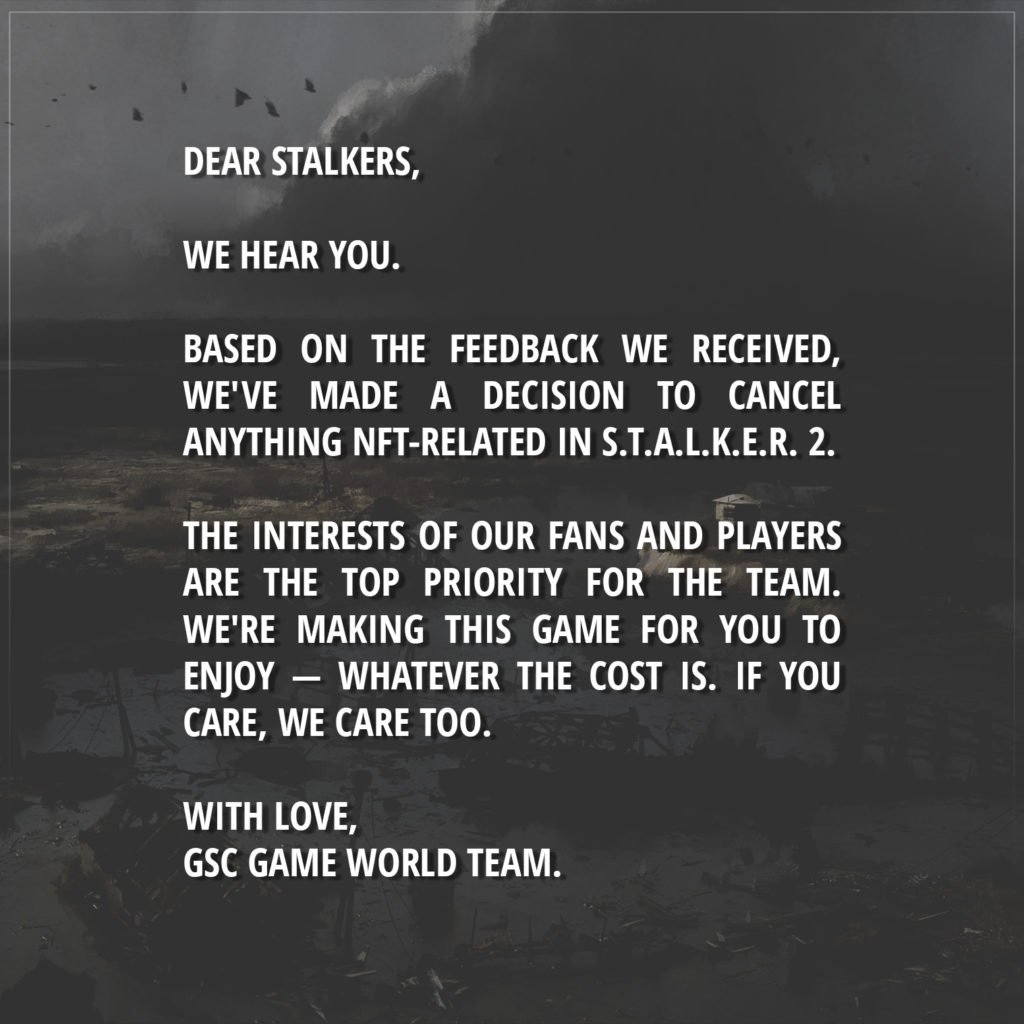
While there’s a slight element of guilt-tripping in this statement thanks to the “whatever the cost is” part, this is undoubtedly a victory for common sense. And there’s an important lesson to be learned here.
Cryptobros may have small, smooth brains and deep pockets, but they are not the people who are going to be playing the game. They are not the people who are going to be talking about the game, leaving Steam reviews, promoting it to their friends, encouraging more and more people to check it out. They are going to buy an NFT as an “investment”, hoping to sell it off for a profit at a later date but never actually engaging with the game or the community itself.
Meanwhile, it’s abundantly clear from the universally negative reaction to anything NFT-related in gaming on social media right now — broadly speaking, not just in relation to S.T.A.L.K.E.R. — that implementing blockchain bullshit is a sure-fire way to completely alienate your core base of loyal players: those aforementioned people who are going to be doing your marketing for you, who are going to be keeping the game relevant through the modding scene, who are going to keep talking about the game for years to come.
Compare and contrast with another NFT-riddled game at the moment: Ubisoft’s Ghost Recon Breakpoint. No-one is going to give a toss about that game in a year or so when Ubisoft inevitably replaces it with another annual installment. It will be just another forgettable blockbuster that enjoys short-term success and no lasting cultural impact. And if there’s any justice in the world, its NFTs will become completely useless. Even more so than they are already, I mean.
S.T.A.L.K.E.R. 2, meanwhile, as a long-awaited installment in a series that has clearly had a huge personal impact on many players’ lives, has the potential to remain relevant and worthwhile for many years to come — but only if its developers don’t alienate its potential player base before it’s even released. And it’s entirely possible that, despite their retraction of the NFT nonsense, it might be too late to recover from this. The damage is done; their reputation is sullied. Will their players trust them again? That remains to be seen.
Every other developer and publisher in the world — be they triple-A or the nichest of niche — should learn from this. The short-term benefit of courting the cryptobro space dollar may well net you a nice injection of cash that allows you to make your game “better” — but if no-one wants to play your game because you’ve riddled it with blockchain bullshit, that additional money to invest in development is a complete waste, and in the long-term people will be unwilling to support your future projects, either.
Sadly, from the way things have been going lately, it’s clear that it’s going to take a while for this lesson to actually be learned by the industry at large — in other words, there’s probably a few more storms like this that we’re going to have to weather before we come out the other side. But it’s not the first time we’ve had to resist terrible, stupid things happening to the hobby we love — remember the push for “Online Passes”? We defeated that; we can defeat this.
While it won’t mark the end of the war on blockchain crap and crypto bullshit in gaming, this whole S.T.A.L.K.E.R. situation has been a significant development — and one that people with any sense won’t ignore.
Join The Discussion
Rice Digital Discord
Rice Digital Twitter
Rice Digital Facebook
Or write us a letter for the Rice Digital Friday Letters Page by clicking here!
Disclosure: Some links in this article may be affiliate links, which means we may earn a small commission if you make a purchase after clicking on them. This is at no additional cost to you and helps support Rice Digital!
- Letter from the Editor: passing the torch - June 30, 2023
- Super Woden GP 2 is looking promising - June 30, 2023
- Inti Creates is making a 32 bit-style Love Live action platformer - June 26, 2023




